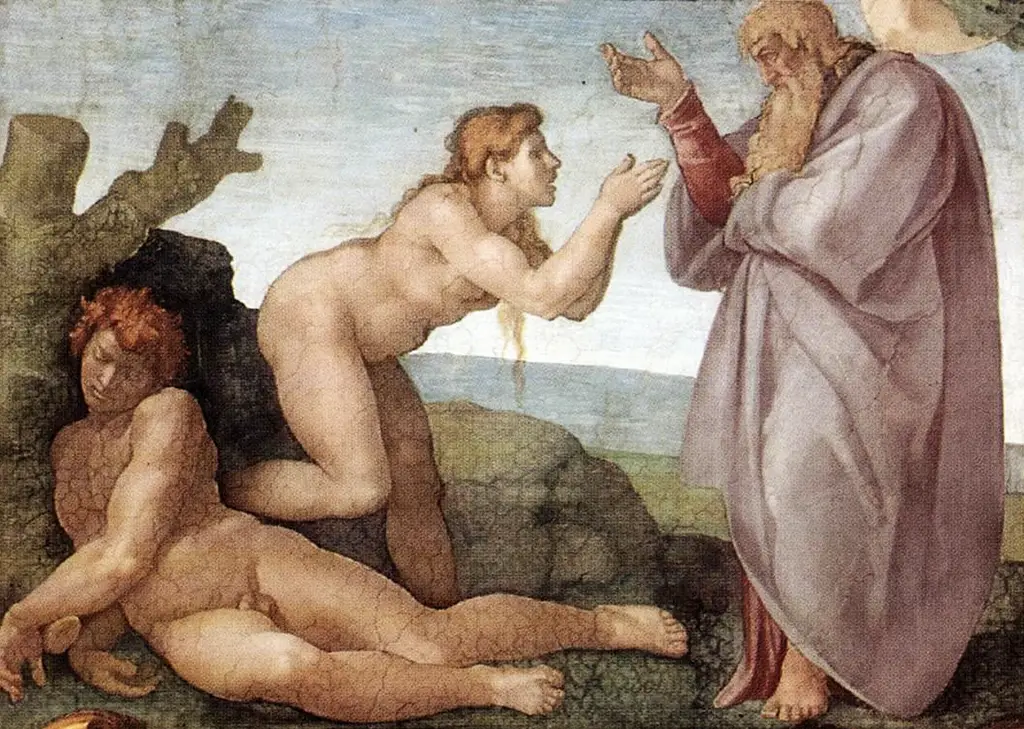It would therefore make perfect sense for Michelangelo to feature Eve within some of the panels of his highly complex series of frescos for the ceiling of the Sistine Chapel. The centerpiece of the whole arrangement would be, of course, The Creation of Adam, but his companion would appear several times elsewhere. The beauty of these paintings helped to establish Michelangelo as a true Renaissance master, rather than just simply an exceptional sculptor alone. There are also different interpretations about the Fall of Mankind that occured because of the disobedience of Adam and Eve, with some blaming one more than the other. All these centuries later, these themes are still exceptionally powerful and whilst religion does not have the same hold over art that it once did, there remains a large interest in the use of religious themes within art.
The use of Eve can be traced back through art history way before the Renaissance, with many also making use of related themes since as well. There are too many fine examples to include here, but some of the highlights have included Adam and Eve by Lucas Cranach the Elder, William Blake's pencil illustration of The Creation of Eve and also Albrecht Durer's Adam and Eve. Of course, the themes were most prominent during the Renaissance in both the north of Europe and also Italy. Since then there have also been a number of homages from contemporary artists who have used their work as inspiration, though much of the original religious meaning would have been diluted by their own modern take. It was also during that time that much of the wealth resided with these types of institutions, and so they were one of the few who could afford to employ the services of the likes of Michelangelo, Cranach or Durer. Today things are very different, most noticeably in how other influences impact society more significantly, and the output of art from this period reflects that.
We believe that this panel was created by Michelangelo between the years of 1509-1510 within the Cappella Sistina, Vatican, where it has remained ever since. It is approximately 260cm wide and 170cm tall. Studying the composition, we quickly find three figures placed within a simple landscape which is styled in the same way as the adjoining works. The elderly man to the right clearly depicts God, who Eve reaches out to whilst Adam remains reclined on the ground. Eve's pose suggests she is rising up from behind him, whilst God himself also makes a hand gesture at the same time. God's appearance, from the clothing, to the long beard and hair is rumoured to have been consistent with the style used by earlier artists, such as Giotto and Masaccio. Michelangelo himself is also known to have studied and appreciated their work greatily, making this so surprise at all. Any point to note is that here Adam and Eve have a very youthful appearance, which is not repeated in the later Expulsion from Paradise fresco.



